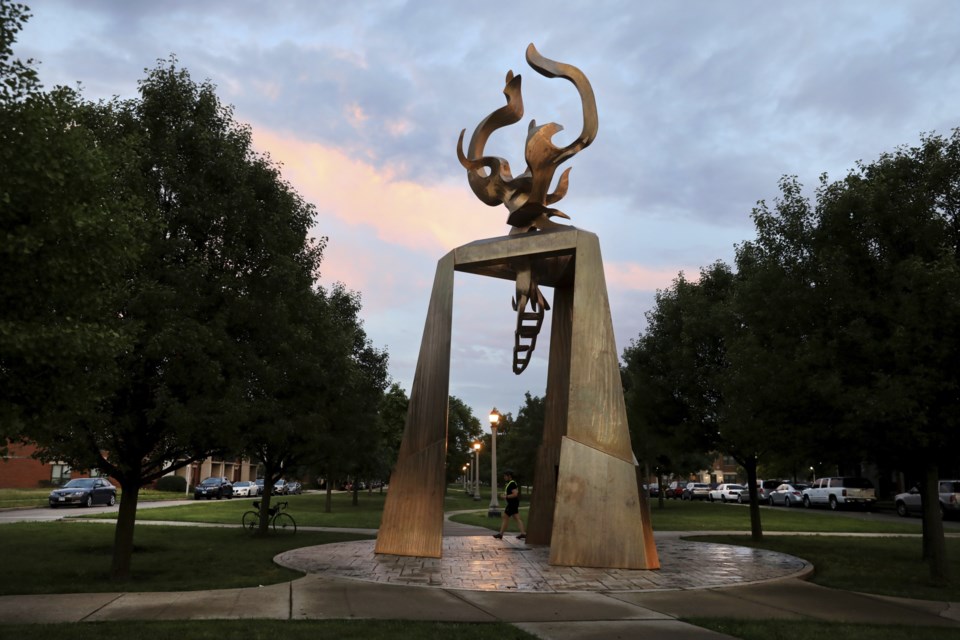Ida B. Wells is the Blueprint: Black Memphis Loved her. White Memphis, Not So Much.
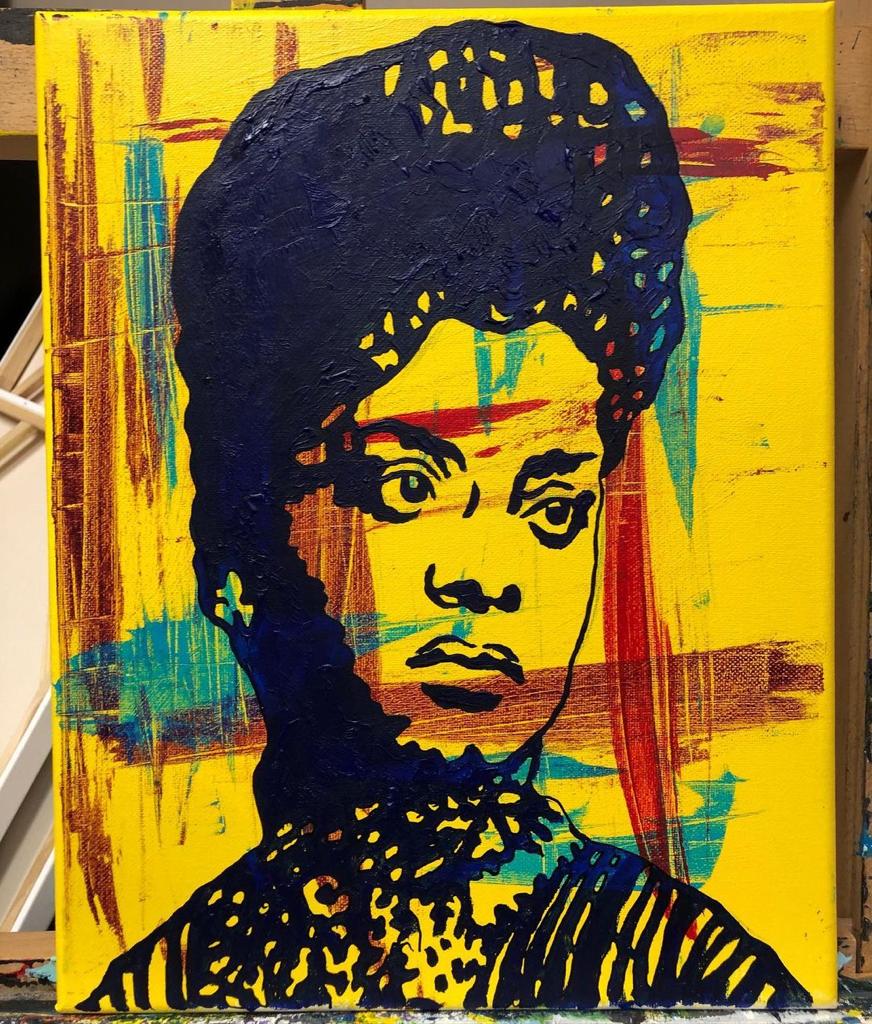
Ida B. Wells did the same kinda work I do. She gathered the people’s stories. Except she sought out the heartbreaking but necessary memories. And it breaks my heart that so many people have never heard of her. So in honor of her birthday today, here ya go.
Ida was born enslaved on July 16, 1862 in Mississippi (3 years before emancipation). Her parents died of yellow fever when she was 16, leaving her to raise her younger siblings.
Teaching was one of her strongpoints (as it is for many writers) and was one of the best paying jobs for women back then, so she lied saying she was 18 to start teaching. She taught in Mississippi then moved to Memphis and started teaching. She became somewhat of a local celebrity in 1884 after suing the railroad company and winning. What had happened was: The train conductor asked her to move to a different car because she was black. She refused.
This is part of she what wrote about the incident: “He said to me that he would treat me like a lady, but that I must go into the other car, and I replied, that if he wished to treat me like a lady, he would leave me alone.”
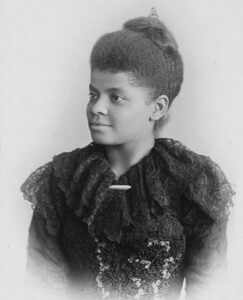
He went to drag her out the seat and she bit him! He got two white men to help him remove her. She sued the railroad company and won. Started writing what happened and how more black folk should stand up for themselves.
Black Memphis loved her. White Memphis, not so much.
She co-founded two newspapers: The Memphis Free Speech and Headlight and Free Speech. Her papers were popular! While writing, editing, and publishing, she still taught too. A few years later, in 1891, she got fired from her teaching job for telling the truth. For publishing about how raggedy and under-resourced the black schools were.
After getting fired, she threw herself into her writing and publishing full-time. She wrote about politics, segregation, community needs, new things happening in the black community, etc. After her friend was wrongfully murdered, though, she decided to focus her reporting on lynchings. And White Memphis feared the power of her words so much, fearing she’d cause a riot, that they burned her office down and threatened to kill her if she didn’t leave Memphis.
In 1893, one of Ida B. Wells’s friends, Thomas Moss, and two his friends, Stewart and McDowell, got lynched. And the white men who did it got away with it.
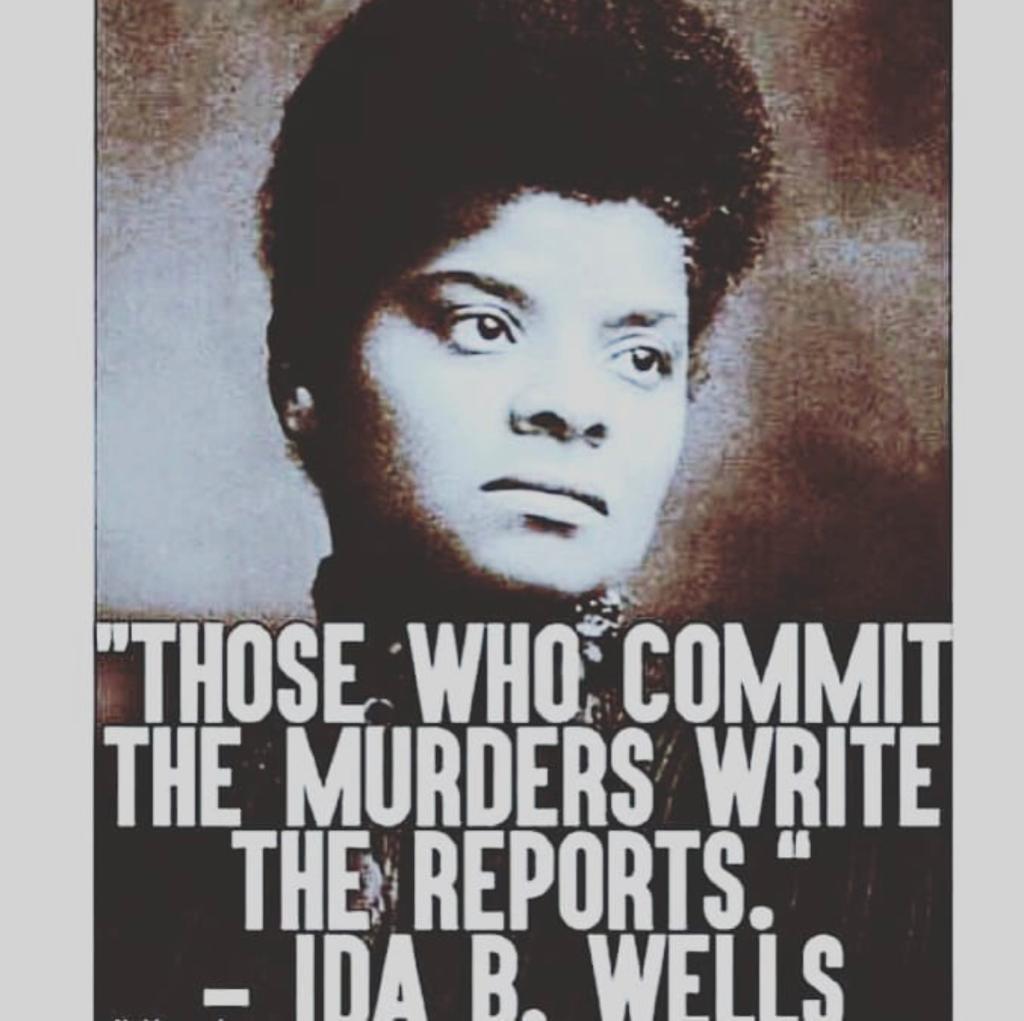
Thomas Moss opened a grocery store called The People’s Grocer. Before that, black folk patronized a white man named Barrett, who was a known racist, but there was no alternative. Barrett got mad about losing all those black dollars and decided to run Moss outta business.
There was a fight near the store one day, involving some white boys and black boys who were gambling. One of the white boy’s daddy jumped in when his son lost. So Moss’s friends/employees ran out the store to help the black boys. Barrett was out there too and ended up getting hit.
That’s all he needed 🙄 He came back with police later, but Moss wasn’t there. Barrett hit Stewart, one of the black employees, with a gun. The gun fell. Stewart picked it up and shot at Barrett and the officer to make em leave.
Barrett ran to the courts claiming that the black folks were secretly planning to kill white folks. Tensions were high as hell. Everybody was scared. Rumors spread that The People’s Grocer would be burned down. So Moss, Stewart, McDowell, and a few others decided to guard the store. Around 10pm, the sheriff and a gang of white folk, after leaving Barrett’s place, pulled up to Moss’s store. Whatever happened ended up in a shootout.
Newspapers used the shootout as proof that Barrett was right. More than 100 black folk were arrested that night, including Moss and Stewart. Knowing the history of white gangs snatching black folks outta jail cells to lynch em, a group of black men armed themselves and guarded the jail to protect their people. They left after the media reported that the white men who were shot didn’t die and that those arrested would be released. Soon as they left, the white gang entered the jail, snatched Moss, Stewart, and McDowell, and lynched em.
No one was charged for the lynchings. On top of that, Moss’s store was put up for auction. Guess who bought it? Barrett.

Ida B. Wells was in New York when this happened. Before she could return home, white gangs had burned her printing businesses to the ground and spread word that if she returned to Memphis, she would also be lynched.
She relocated to Chicago but never quit writing. She hit the road through the south (by her damn self, many times) on trains from one state to the next, following word of where a lynching was supposed to happen.
By this time, she’d gotten married and mothered four children. Interestingly, she was also one of the first women to keep her maiden name. Though a mama and wife, she stayed committed to her work of reporting lynchings, making lynching illegal, and ending the myth that black men are sex-crazed and hungry for white women.
Most black boys and men were lynched after being accused of sexually assaulting a white woman. That’s all it took to make it happen. Just accuse em of raping (or even whistling at) a white woman and they were outta here. So if lynching was to end, that myth had to end too. Can’t fix the problem without getting to the root of it.
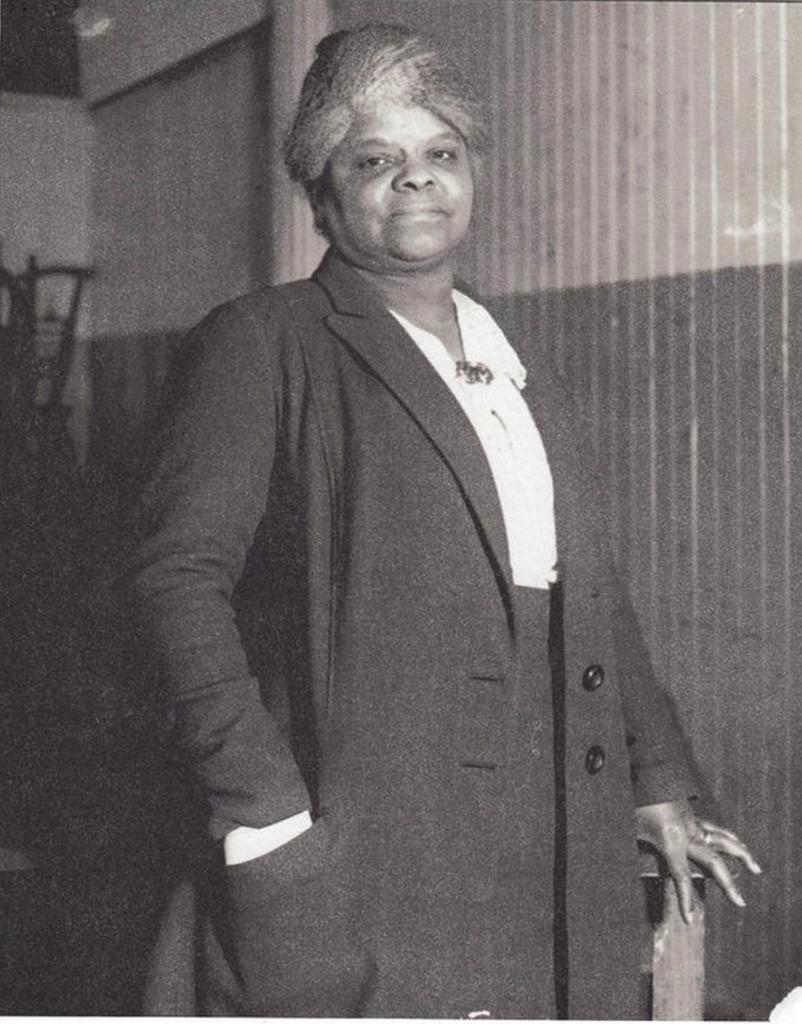
While white folk posed for pictures with “strange fruit,” Ida looked for folk who was willing to tell the truth about what happened. She was the detective who gave a damn about getting to the bottom of the story when the police did not, despite the fact that she wasn’t paid for it and could even be killed for it.
She published the country’s first anti-lynching pamphlet called “Southern Horrors: Lynch Law in All Its Phases.” This was one of the documents she took to Washington D.C. to demand change.
Along with W.E.B Du Bois, Ida co-founded the #NAACP and a buncha more organizations for black folk, black women, and all women. She was cool with Madam CJ Walker, Mary McCloud Bethune, etc. Though she was the most prominent black woman journalist and activist of her time, and pioneered protest strategies that were crucial to the civil rights movement decades later, she ain’t nearly as well-known as Frederick, Booker T., and Du Bois.
She died in 1931 in Chicago. In 2021, Chicago erected the Light of Truth monument in her name. And in 2020, she won a Pulitzer Prize. She earned these awards 89-90 years after her death. Women who do this kinda work ain’t often celebrated til they dead and gone (as was the case for #ZoraNealeHurston too). So I make it my business to crown em every chance I get. And today is Ida’s birthday 👑
